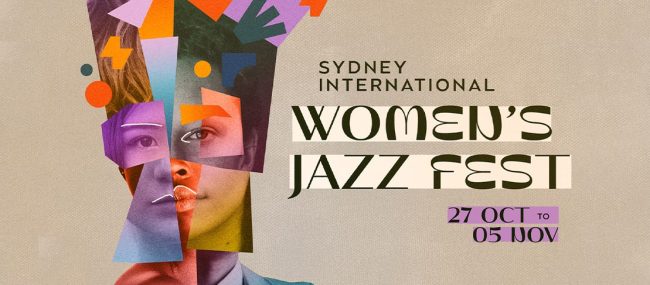Aquatic Sonarscapes – noise replaces music under the sea



Ever thought about the music under the waves? According to our featured guest this week, Associate Professor Ivan Nagelkerken, from Adelaide University, human’s are changing the aquatic soundscape in ways almost unfathomable. Not just the industrial clanking around of merchant ships and the military, underwater explosions, and leisure vehicles, but now even our agricultural run off is affecting how fish and other sea creatures breed navigate and survive. Like so many of the scientists who come on the show, Ivan says he is hopeful his research, which has established a link between nutrients from our towns and cities and changes to the aural habitat of fish and shrimps as well as cetaceans, will mean we will implement solutions sooner rather than later. He suggests that within a few decades, Australia’s coastal towns and cities will propagate wetlands and swamps to filter agricultural and storm water run off, which his studies have shown are destroying the kelp forests and seagrass meadows which provide a multidimensional, acoustic paradise for creatures vital to the human food chain. But we will also have to change our habits – the reliance on fertilisers for boosting depleted soil, and the lazy way we empty waste into the ocean. It’s all having a huge impact, whether we can see it yet or not.
If you missed it our new Monday Drive technology manager Cassandra DaRosa has created a podcast for you, or you can as always listen online by going to the Monday Drive page. You might also be interested in a fabulous new documentary called Sonic Sea, which investigates the music of cetaceans and how they are managing to navigate the noise pollution down under. The Environmental Defender’s Office NSW has organised a special screening in October. book here. Stay tuned for an interview closer to the screening.
We also had a lovely chat this week to Emily Wurramara about her island home, Groote Eylandt, the fun she had writing her first song at the age of seven about dugongs and mermaids, and what it’s been like to be mentored by “uncle” Bernie Fanning from Powderfinger and David Bridie from My Friend the Chocolate Cake. Catch her melifluous EP Black Smoke , stay tuned to 89.7fm, and definitely book a ticket to see Emily live at Eastside’s awesome Global Rhythms music festival on September 25th.
For those who have been following our coverage of the continuing assaults on Sydney’s tree canopy, the news that yet another small but vital ecological community faces the chop might prove disheartening. Unfortunately, the clamour of nature lovers and locals over in Kingsgrove, has not been enough to halt the bulldozers from moving on the woodland remnant which represents just 7 per cent of the original Cooks River/Castlereagh Ironbark forest, according to the Office of Environment Heritage. The Beverley Grove site is home to powerful owls, grey-headed flying foxes, and a range of fauna such as the prickly-leaved paperbark and white feather honeymyrtle. It will be razed to make way for a temporary car park for WestConnex machinery, unless community voices are able to stop it. For more info and actions go to Stand Up For Nature, a coalition of community groups and environment organisations such as the Total Environment Centre determined to stop tree clearing across NSW. Keep an eye out for TEC’s new SOS Green Spaces campaign.
If you want to join them, protesters are on site this morning attempting to stop the destruction. “Unfortunately, this is just a taste of what’s to come under Mr Baird’s new biodiversity laws, due in parliament next month,”Nature Conservation Council CEO, Kate Smolski, said today.
At the moment I’m reading The Girl With the Lower Back Tattoo, Amy Schumer’s new hit memoir – it’s as bold and bumptious as her onscreen persona, and I’ll review it on Monday Drive next week. Riley Lavelle Long will also leaven the environmental news with one of his intrepid cinematic discourses.
We’ll be all over your ears next Monday between 4-6pm!
Ruth, Cassandra and Riley

